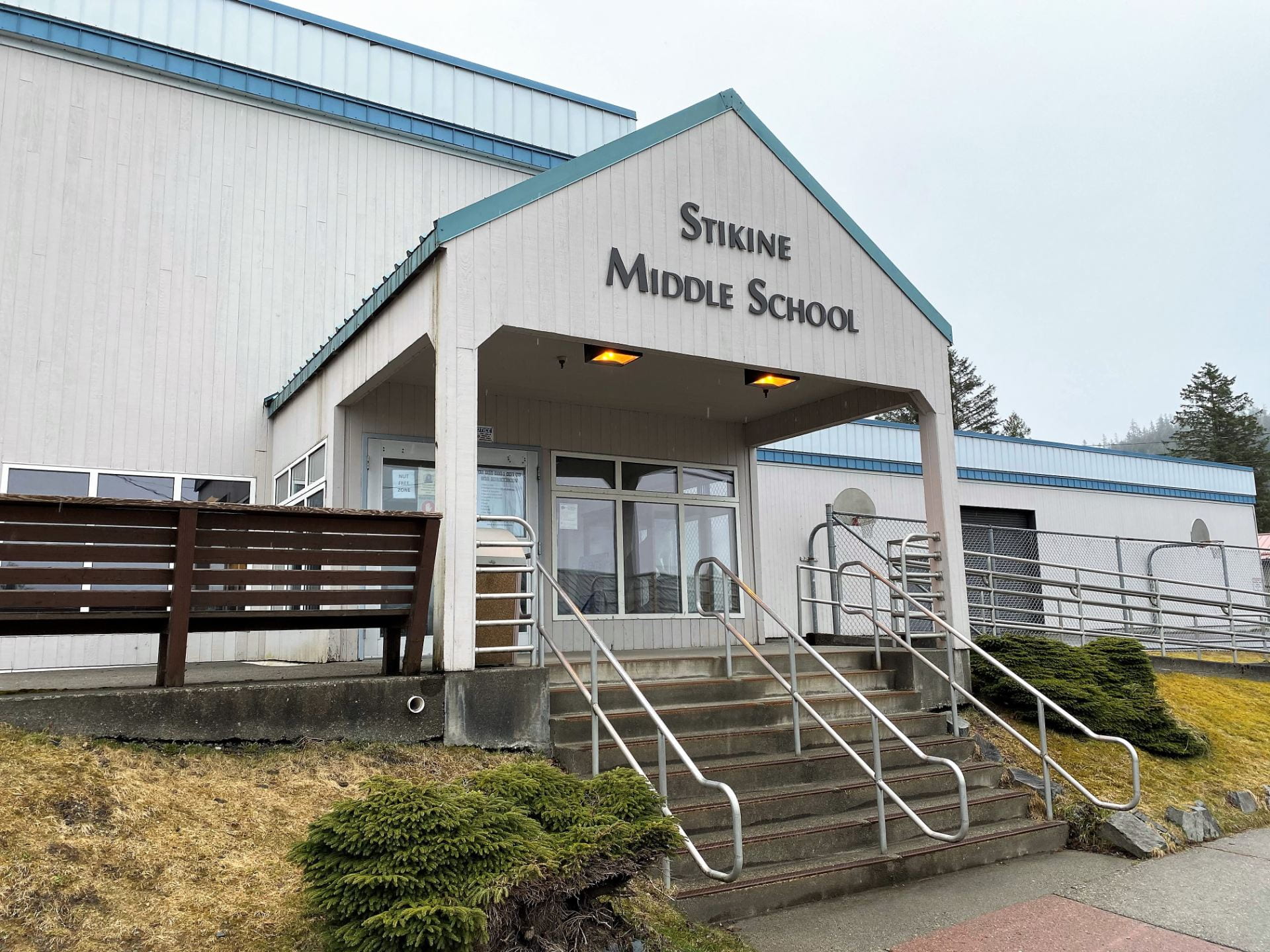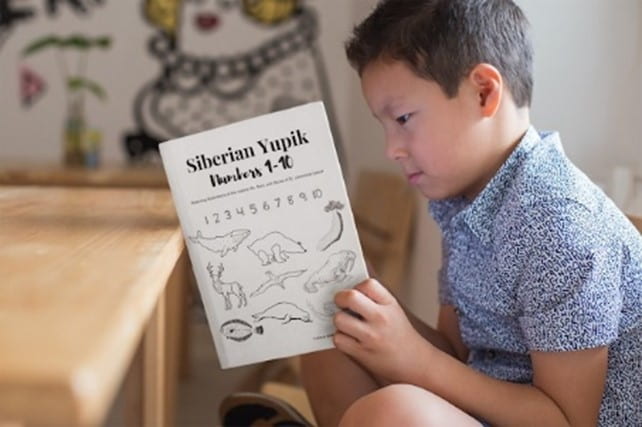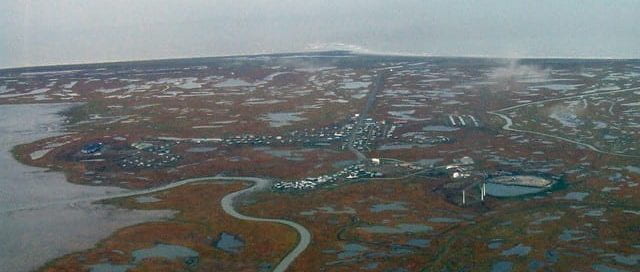For the Lower Kuskokwim School District (LKSD), staying local isn’t just a mandate during the pandemic — it’s a long term strategy for learning. Recognizing the need for language resources to boost proficiency in the Yup’ik language, as well as a desire for curriculum that students could relate to, the LKSD administration embarked on a multi-year project to create K-12 social studies and science curriculum that addresses both these needs.

With funds and direction from the Quyurramta (“All of Us Together”) grant from the U.S. Education Department’s Alaska Native Education Program, LKSD set out to translate existing texts (with generous permission from TCI publishers) into Yugtun, the Yup’ik language. Continue reading ‘LKSD Creates Curriculum to Revitalize Yup’ik Language and Culture’ by Noelle Dersé


